You have to know the four laws I am going to go over in this video if you want any shot at a big payout in your injury claim following a car accident in Louisville, Kentucky, the city I practice law in. To explain how each of these laws works in a real-life case, let me tell you the story of my past client, Terry.
Terry’s Story
Terry was involved in a car accident in Louisville, Kentucky. He informed me he proceeded through a green light when he was struck in the intersection by another driver. The other driver apologized for the accident and admitted liability at the scene. The other driver was using his cell phone.
1. Proving Liability
In your car accident case, you must prove liability against another driver. It was easy to prove liability against the other driver in Terry’s case because the other driver admitted he ran a red light while on his cell phone. But proving liability in your car accident case is not always that easy.
Thankfully, the law of comparative negligence applies to car accidents that occur in Louisville, Kentucky. Comparative negligence is a legal principle used to determine liability in personal injury cases, including car accidents. Under this system in Louisville, Kentucky, each party’s degree of fault is assessed, and damages are allocated accordingly. If a plaintiff is found partially at fault, their recovery is reduced by the percentage of their negligence. For example, if a driver is deemed 20% responsible for a collision and the total damages are $100,000, their recovery would be limited to $80,000.
2. Minimum Medical Expenses
Due to his car accident, Terry aggravated his neck. For years prior to his car accident, Terry had suffered from problems with his neck. Terry did not seek medical treatment right after his car accident. If Terry did not get medical treatment, he would not have any injury case whatsoever even though he aggravated his neck condition. Why is this the case?
Per Kentucky statute, you must incur a minimum of $1,000 in medical expenses related to your car accident, or you are barred from bringing an injury claim. So if Terry did not have at least $1,000 in medical treatment related to his car accident, he would be barred from bringing an injury claim and would receive nothing.
In Terry’s case, months went by after the car accident before he got any medical treatment. Even then, he went to the same medical provider he had been seeing for his neck even prior to the accident. Terry’s neck problems prior to the accident were significant, but he was not yet at the point where surgery was quite yet necessary. But the car accident was the last straw, though, as it aggravated the condition in his neck to the point that surgery became necessary. His medical bills totaled well over $1,000, so the Kentucky statute I mentioned did not bar his case.
3. Insurance Policy Limits
A little less than a year and a half after the accident, Terry had to have surgery on his neck. After his surgery, we gathered all of Terry’s medical records and bills following his accident, including the records for his surgery. I took a good look at all his records when they came in to try to figure out how we could possibly link Terry’s surgery to the car accident, given that Terry didn’t seek any medical treatment until months after his car accident.
What I noticed was that Terry had an MRI months after his car accident. We were also able to obtain records from an MRI on his neck that he had about eight years prior to the car accident. In comparing the MRI reports, it was clear that Terry’s condition with his neck had worsened in those eight years. I then proceeded to send a written demand to the other driver’s insurance carrier demanding that they pay out the insurance policy limits.
Other drivers’ insurance companies are not required to disclose to you what their insured driver’s insurance policy limits are. In light of this law in Louisville, I think it is wise, in my opinion, to send a demand for the insurance policy limits rather than making a demand for a specific dollar amount. Sending a demand for the policy limits starts to put the pressure on the other driver’s insurance company, especially if you have a high-value case.
In my written demand letter in Terry’s case, I pointed out how Terry’s condition had worsened, which was obvious when comparing the two MRI reports. And guess what? I got the other driver’s insurance company to agree with me as they quickly paid out their six-figure insurance policy limits.
4. Underinsured Motorist Insurance Coverage
But we weren’t done yet. Terry also had underinsured motorist insurance coverage on his own automobile insurance policy. Underinsured motorist insurance coverage is a type of insurance coverage on your automobile insurance policy that allows you to pursue a claim for your damages in excess of any at-fault driver’s insurance policy in the event the at-fault driver does not have enough insurance to cover all of your damages.
This law stems from a famous Kentucky case and requires you to put your underinsured motorist insurance carrier on written notice by certified mail of your intention to accept the offer with the at-fault driver’s insurance company, in order to preserve your underinsured motorist claim. You must give the underinsured motorist carrier 30 days to make a decision as to whether they are going to protect their rights to pursue the at-fault driver for payments they are required to pay out due to the at-fault driver’s negligence. You do not want to mess this procedure up. If you do, you will be barred from pursuing your underinsured motorist claim completely.
In Terry’s case, after I provided notice to Terry’s underinsured motorist insurer of our intention to accept the settlement, we went ahead and settled for the policy limits with the at-fault driver’s insurance company. I also then sent a written demand for the underinsured motorist insurance policy limits to my client’s automobile insurance carrier. It took a good amount of work and time, but I finally was able to pressure the underinsured motorist insurance carrier to pay out the six-figure underinsured motorist insurance policy limits despite Terry not getting any medical treatment until months after his accident. Terry was happy with these settlements.
I was able to secure these policy limits settlements for Terry because I know the laws that apply to Kentucky car accident cases and was able to successfully navigate our way to these policy limits settlements because of my knowledge of these Kentucky laws.
The thing is, now that you know the four laws I went over in this video that are crucial to know in your Louisville car accident case, you still will want to know what you can do to negotiate a larger settlement in your car accident case. So be sure to watch this video about to pop up right here where I’ll tell you how you can negotiate a higher settlement for your car accident case.
Lastly, if you’ve been injured in a car accident, slip or trip and fall incident, or dog attack incident in Kentucky, remember: don’t wait, call Tate.
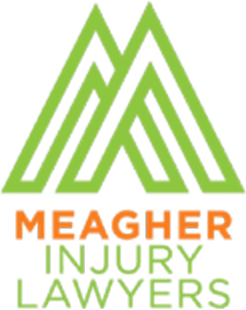
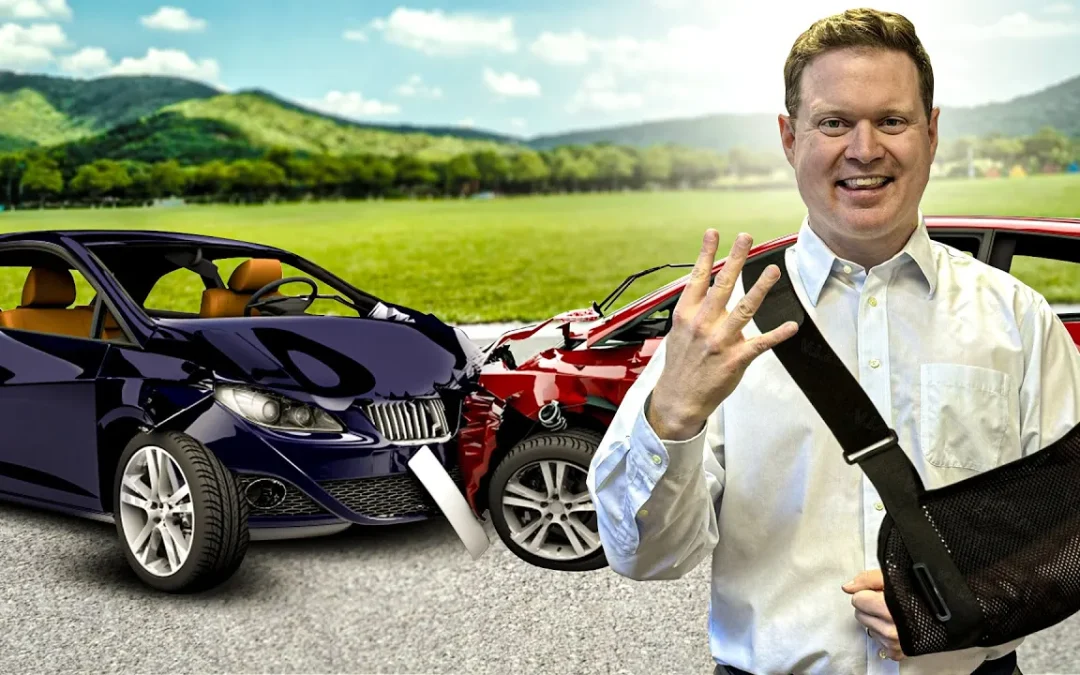

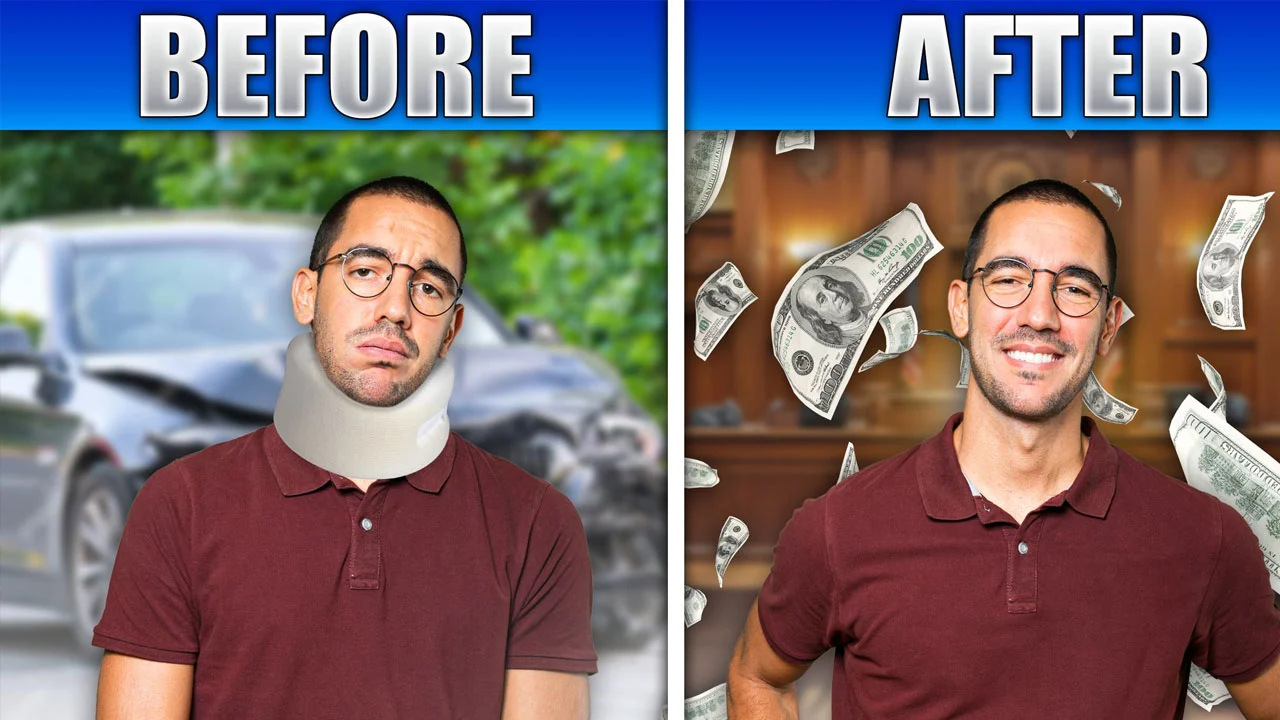

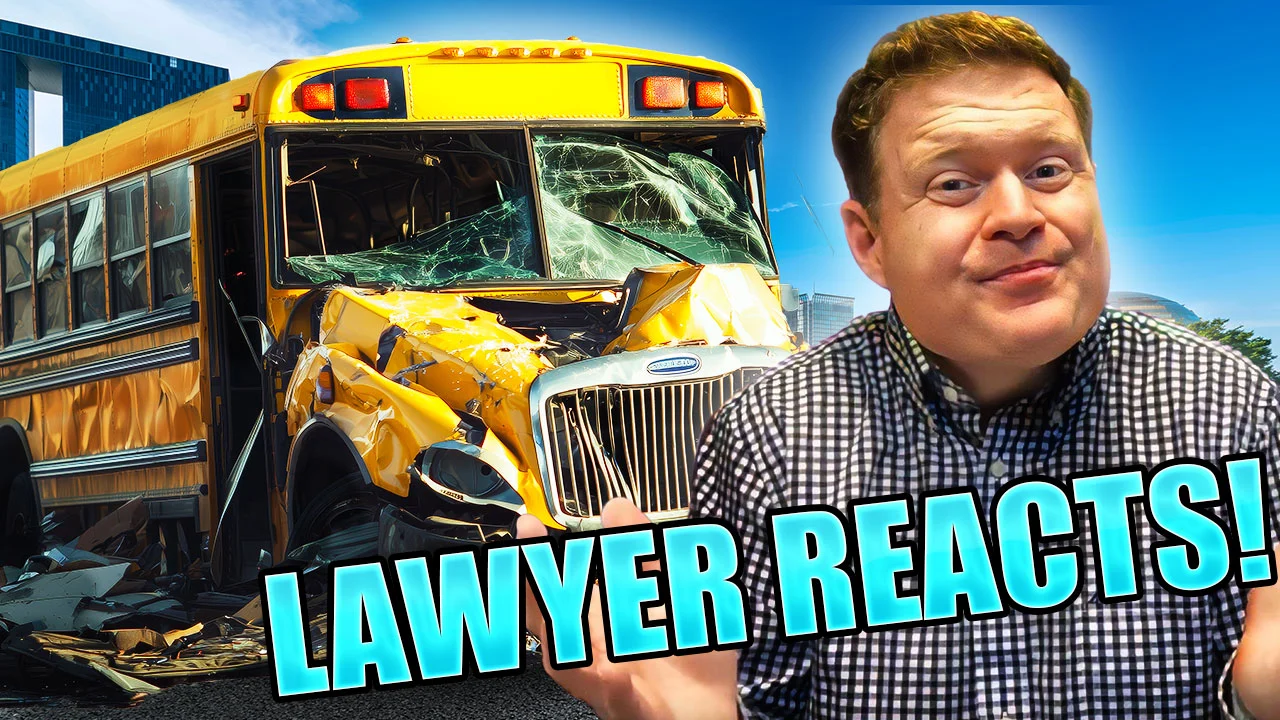

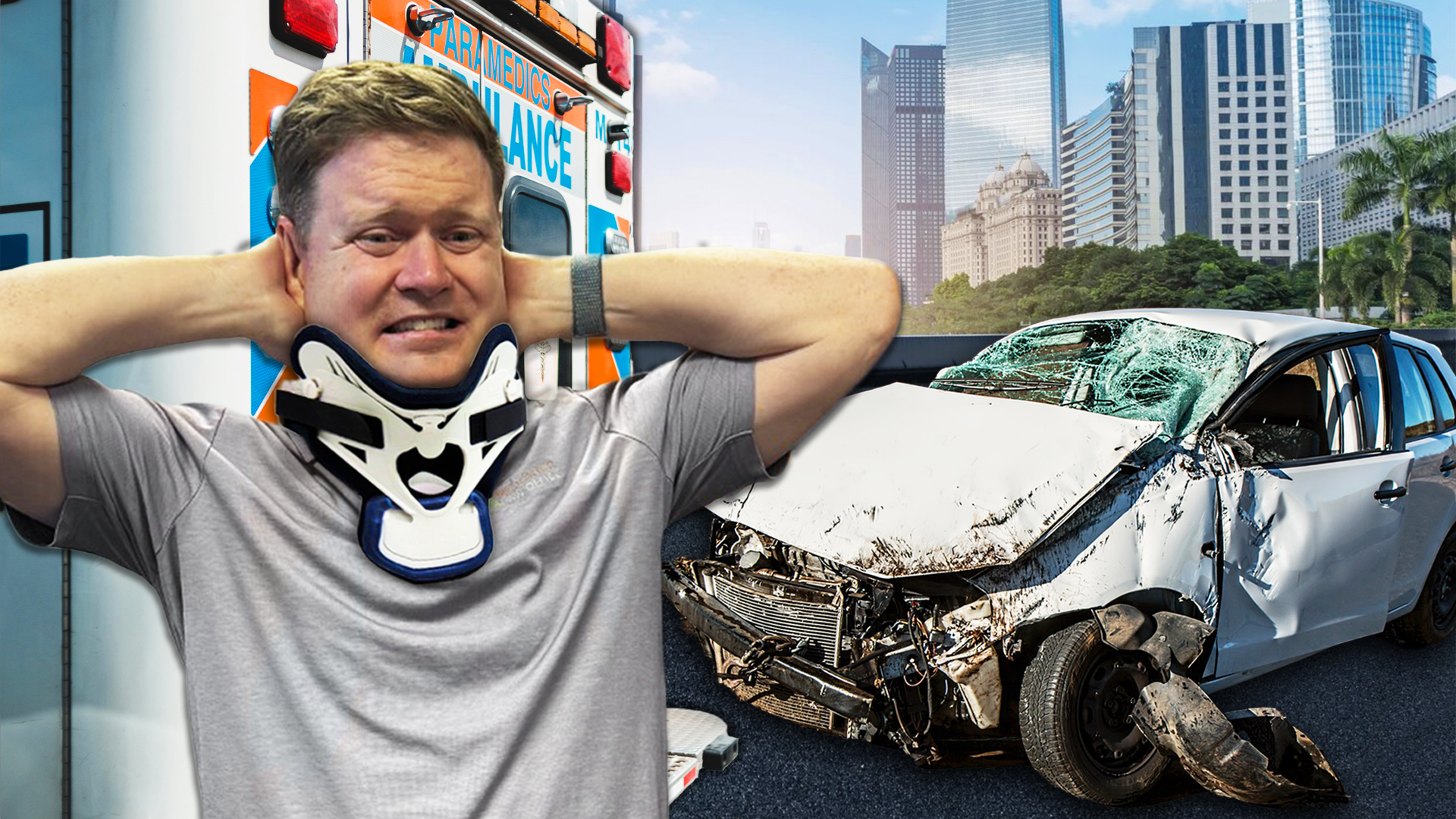
Recent Comments